 |
Matronics Email Lists
Web Forum Interface to the Matronics Email Lists
|
| View previous topic :: View next topic |
| Author |
Message |
Ceengland
Joined: 11 Oct 2020
Posts: 381
Location: MS
|
 Posted: Wed Dec 27, 2023 11:52 am Post subject: Fusible links Posted: Wed Dec 27, 2023 11:52 am Post subject: Fusible links |
 |
|
On Wed, Dec 27, 2023 at 12:44â¯PM Christopher Cee Stone <rv8iator(at)gmail.com (rv8iator(at)gmail.com)> wrote:
| Quote: | Bob, et al...
 Aha! That's a whole different problem. If I'm reading ElectroAir literature correctly, that input of bus (SNIP) A short on that feeder would be limited to 600 mA or less. Voltage drop would be 0.9 volts or less . . . no effect on functionality. It's been a common technique in my toolbox in a constellation of designs for decades.
I too have been going through the Emagair document.  I have very limited panel space left for ignition management as the ACS key switch is already installed, Per Emagair, there is a 5A CB for each EI.Â
 I am contemplating powering from the main bus (through a 22 ohm resistor). For simplicity, a common feeder for both EI's then to a SPDT switch (Disable power to both EI's) then two NC push button switches for independent preflight check. No 5A CB's.
As I had assigned one fuse slot to the original plan of one EI/one mag, I will use it with a 10A fuse. Running the EI's from the main buss assures they are disabled with the Master Switch.
What am I missing?Â
I did some fusible link testing that I will publish soon, that was to be the circuit protection for the EI's. I like the 22 ohm solution better.
...chris
|
 There might be some confusion about Emag power vs control lines. A resistor in the power feeder probably isn't a great idea.
The fact that Emags 'self power' when the engine is running above a certain rpm kinda 'muddies the water', but... In general, the reason you (and they) want engine electrons to come directly from the battery is so the system operates like a traditional a/c, where shutting off the master has no effect on the engine. Also in general, it's a bad idea to create 'single points of failure' in a system. A single fuse for both ignitions means that any fault in either system *or* a fault in the supply circuit takes out both ignitions. As I said, the 'self power' feature does muddy the water a bit on that, but still a bad habit to get into.
(Have I mentioned lately how much I despise the moron that came up with the idea of 'top posting' back in the last century, resulting in random order reading? Makes watching 'Memento' seem like a simple, transparent process.)
Charlie
| Quote: |
On Wed, Dec 27, 2023 at 10:07â¯AM Robert L. Nuckolls, III <nuckolls.bob(at)aeroelectric.com (nuckolls.bob(at)aeroelectric.com)> wrote:
| Quote: | At 12:05 PM 12/23/2023, you wrote:
| Quote: | ...appreciate your discussion and input!Ã Ã
This discussion is the result of the addition of two E-mags to the current RV project and reviewing the Emag installation instruction. They call for a circuit breaker in series with the power feeder for the E-mag(s).ÃÂ I am using Z-13/8 as a reference guide for this build.ÃÂ I am considering a fusible link instead of a circuit breaker as I am running out of panel space.ÃÂ Thus my concern for both reliability and safety. |
 Aha! That's a whole different problem. If I'm reading
 ElectroAir literature correctly, that input of bus
 voltage to the EMag is a CONTROL signal for the
 purpose of disabling the mag during engine run-up
 and/or engine shut down. Input current to that
 port is TINY . . . about 0.04 Amps. That feeder
 is an excellent candidate "source impedance
 fault limiting".
 Limiting a fault current to feeder friendly
 levels: just splice a 22 ohm, 1-watt resistor
 into the same spot you might use a fusible-link.
 Cover with heat shrink.
 A short on that feeder would be limited to
 600 mA or less. Voltage drop would be 0.9 volts
 or less . . . no effect on functionality.
 It's been a common technique in my toolbox
 in a constellation of designs for decades.
 Bob . . .
                  ////
                 (o o)
  ===========o00o=(_)=o00o=========
  < Go ahead, make my day . . .  >
  < show me where I'm wrong.     >
  =================================
Â
  In the interest of creative evolution
  of the-best-we-know-how-to-do based
  on physics and good practice.
|
|
| | - The Matronics AeroElectric-List Email Forum - | | | Use the List Feature Navigator to browse the many List utilities available such as the Email Subscriptions page, Archive Search & Download, 7-Day Browse, Chat, FAQ, Photoshare, and much more:
http://www.matronics.com/Navigator?AeroElectric-List |
|
_________________
Charlie |
|
| Back to top |
|
 |
rv8iator
Joined: 11 Apr 2006
Posts: 144
Location: Newberg, OR
|
 Posted: Fri Dec 29, 2023 7:30 am Post subject: Fusible links Posted: Fri Dec 29, 2023 7:30 am Post subject: Fusible links |
 |
|
My very basic test rig with somewhat empirical results- no measured data.
Objective: observe failure of fusible links of various lengths when subjected to a high current short circuit event.
12V wet cell, new, fully charged battery
Knife switch
18 ga tefzel feeder, 20" length x2
PIDG style butt splices (red)
Camera
DUT: 2", 6", 13" lengths 24 ga tefzel FLÂ (M22759/16)
Procedure:
Fabricate fusible links of 2, 6 an 13 inch lengths
Crimp w/ AMP PIDG crimper to
Feeder 20" 18 ga tefzel
Clamp feeders to B+ Knife switch and B- battery terminal
Start camera video
Rabidly close switch
Two inch FL setup
[img]cid:ii_lqo7bxra0[/img]Crimp tool and butt splice
[img]cid:ii_lqo9ivb81[/img]
results:
http://tinyurl.com/mryadbfx
No fiberglas sleeve was used so that failure could be observed.
Comments, questions, critique!
...chris
On Sat, Dec 23, 2023 at 8:02â¯AM Robert L. Nuckolls, III <nuckolls.bob(at)aeroelectric.com (nuckolls.bob(at)aeroelectric.com)> wrote:
| Quote: | At 09:31 AM 12/23/2023, you wrote:
| Quote: | | Back to the original question of the length of a fusible link. That is the length of smaller gauge wire comprisingà the 'link'. |
 Had to do some 'digging' to see if I could
 find where that 3-6 inch citation came from.
 No joy.
 Actually, 6" is the minimum. 9" is more typical,
 10" not unheard of. 3" is too short . . .
 . . . and INSULATED with material resistant to
 energy released by clearing the fault.
 See: http://tinyurl.com/4vnzdjpc
 Bob . . .
                  ////
                 (o o)
  ===========o00o=(_)=o00o=========
  < Go ahead, make my day . . .  >
  < show me where I'm wrong.     >
  =================================
Â
  In the interest of creative evolution
  of the-best-we-know-how-to-do based
  on physics and good practice.
|
| | - The Matronics AeroElectric-List Email Forum - | | | Use the List Feature Navigator to browse the many List utilities available such as the Email Subscriptions page, Archive Search & Download, 7-Day Browse, Chat, FAQ, Photoshare, and much more:
http://www.matronics.com/Navigator?AeroElectric-List |
|
| Description: |
|
| Filesize: |
1.05 MB |
| Viewed: |
535 Time(s) |
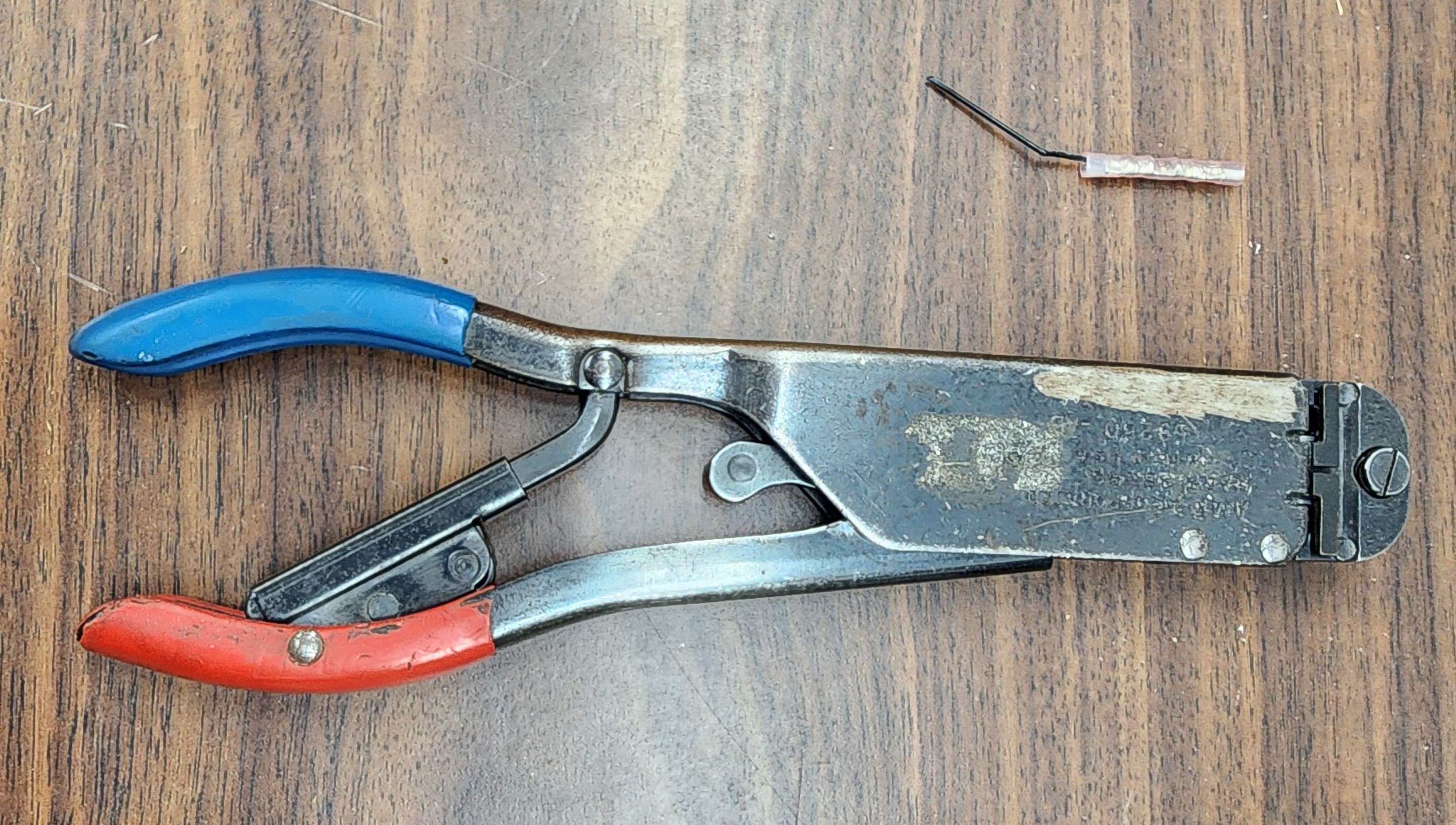
|
| Description: |
|
| Filesize: |
423.6 KB |
| Viewed: |
535 Time(s) |
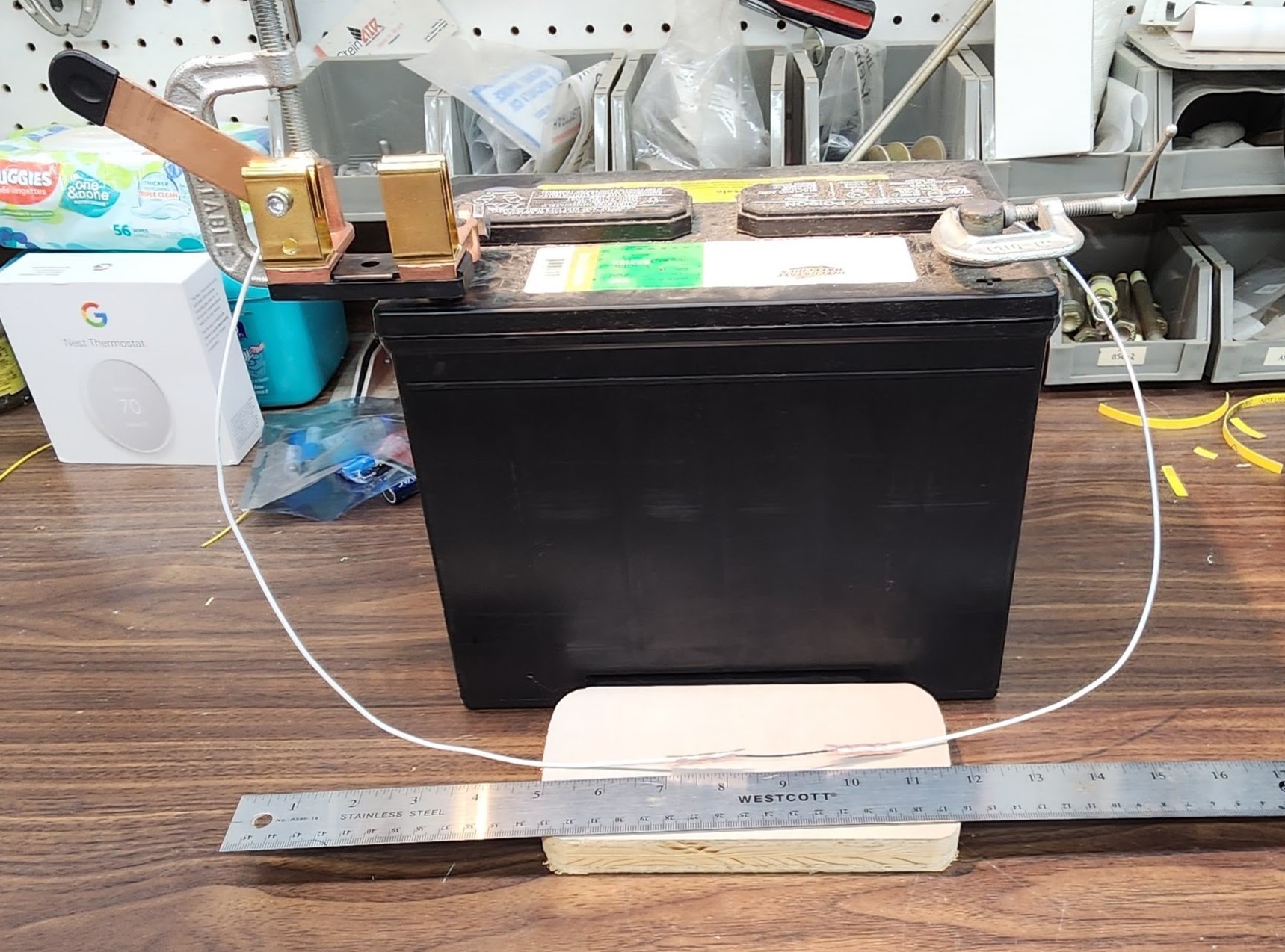
|
_________________
C. Stone (RV8iator) |
|
| Back to top |
|
 |
ashleysc(at)broadstripe.n
Guest
|
 Posted: Fri Dec 29, 2023 8:12 am Post subject: Fusible links Posted: Fri Dec 29, 2023 8:12 am Post subject: Fusible links |
 |
|
Hi Chris;
Hi All;
That's a great demonstration Chris.
And it evidences exactly why I would not use fusible links in an aircraft, or automobile for that matter.
There's smoke, there's fire, and there's molten metal!
With most fuses the burned wire, smoke, and fire are contained.
Cheers! Stu.
From: "Christopher Cee Stone" <rv8iator(at)gmail.com>
To: aeroelectric-list(at)matronics.com
Sent: Friday, December 29, 2023 7:30:01 AM
Subject: Re: Re: Fusible links
My very basic test rig with somewhat empirical results- no measured data.
Objective: observe failure of fusible links of various lengths when subjected to a high current short circuit event.
12V wet cell, new, fully charged battery
Knife switch
18 ga tefzel feeder, 20" length x2
PIDG style butt splices (red)
Camera
DUT: 2", 6", 13" lengths 24 ga tefzel FL (M22759/16)
Procedure:
Fabricate fusible links of 2, 6 an 13 inch lengths
Crimp w/ AMP PIDG crimper to
Feeder 20" 18 ga tefzel
Clamp feeders to B+ Knife switch and B- battery terminal
Start camera video
Rabidly close switch
Two inch FL setup
[img]cid:ii_lqo7bxra0[/img]Crimp tool and butt splice
[img]cid:ii_lqo9ivb81[/img]
results:
http://tinyurl.com/mryadbfx
No fiberglas sleeve was used so that failure could be observed.
Comments, questions, critique!
...chris
On Sat, Dec 23, 2023 at 8:02â¯AM Robert L. Nuckolls, III <nuckolls.bob(at)aeroelectric.com (nuckolls.bob(at)aeroelectric.com)> wrote:
| Quote: | At 09:31 AM 12/23/2023, you wrote:
| Quote: | | Back to the original question of the length of a fusible link. That is the length of smaller gauge wire comprisingà the 'link'. |
Had to do some 'digging' to see if I could
find where that 3-6 inch citation came from.
No joy.
Actually, 6" is the minimum. 9" is more typical,
10" not unheard of. 3" is too short . . .
. . . and INSULATED with material resistant to
energy released by clearing the fault.
See: http://tinyurl.com/4vnzdjpc
Bob . . .
////
(o o)
===========o00o=(_)=o00o=========
< Go ahead, make my day . . . >
< show me where I'm wrong. >
=================================
In the interest of creative evolution
of the-best-we-know-how-to-do based
on physics and good practice.
|
| | - The Matronics AeroElectric-List Email Forum - | | | Use the List Feature Navigator to browse the many List utilities available such as the Email Subscriptions page, Archive Search & Download, 7-Day Browse, Chat, FAQ, Photoshare, and much more:
http://www.matronics.com/Navigator?AeroElectric-List |
|
| Description: |
|
| Filesize: |
423.6 KB |
| Viewed: |
535 Time(s) |

|
| Description: |
|
| Filesize: |
1.05 MB |
| Viewed: |
535 Time(s) |
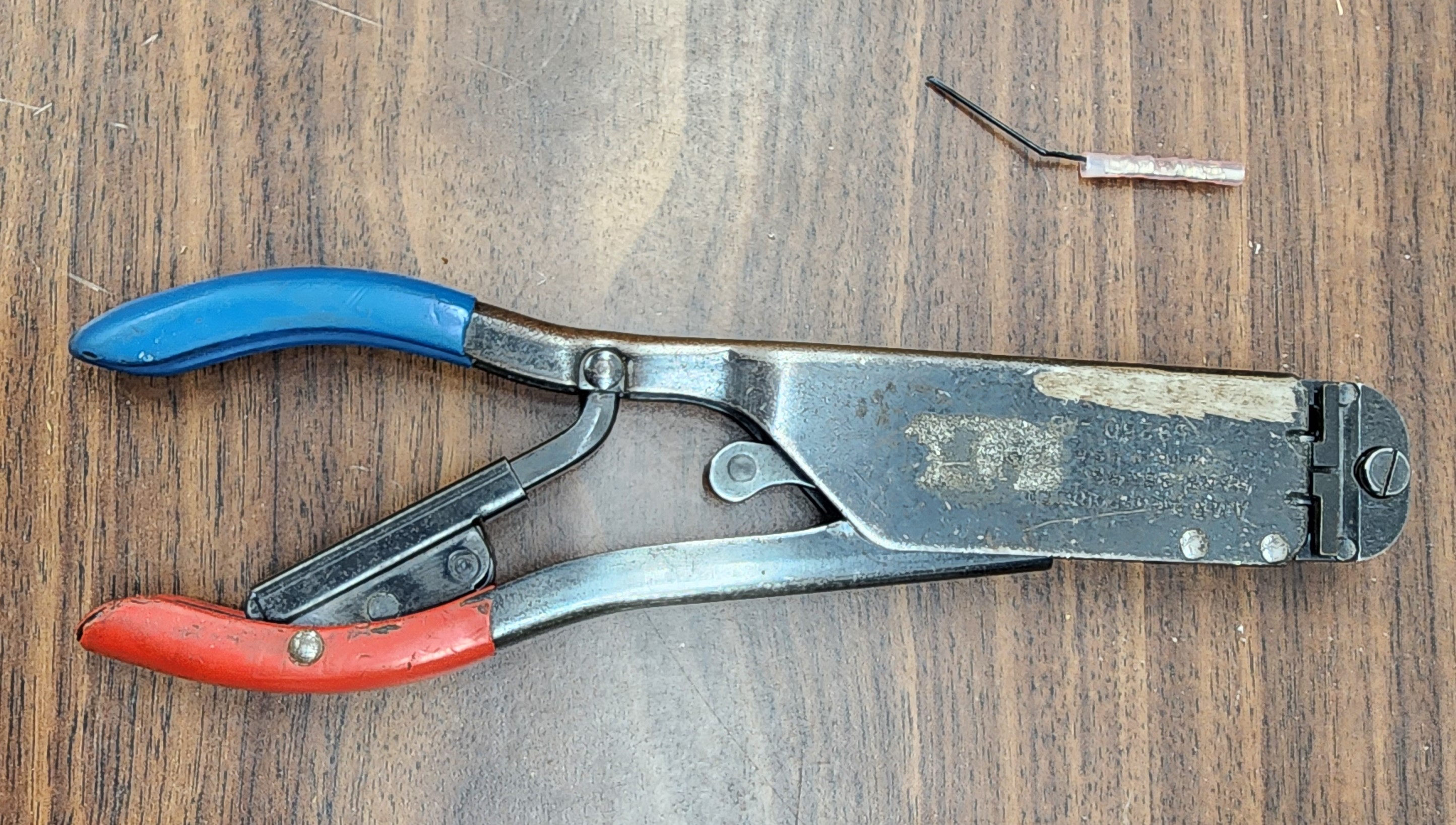
|
|
|
| Back to top |
|
 |
nuckolls.bob(at)aeroelect
Guest
|
 Posted: Fri Dec 29, 2023 2:57 pm Post subject: Fusible links Posted: Fri Dec 29, 2023 2:57 pm Post subject: Fusible links |
 |
|
At 10:12 AM 12/29/2023, you wrote:
| Quote: | Hi Chris;
Hi All;
That's a great demonstration Chris.
And it evidences exactly why I would not use fusible links in an aircraft, or automobile for that matter.
There's smoke, there's fire, and there's molten metal!
With most fuses the burned wire, smoke, and fire are contained.
Cheers! Stu. |
Chris' demonstrations are essentially the
same as those I conducted 23 years ago
when this article was published on
the website.
https://tinyurl.com/msx5ofe
The original impetus for
the article was to craft a robust,
minimum labor, alternative to the
signal leads from a firewall mounted
shunt extending to the instrument on
the panel.
In this special case, the links
were out on the firewall . . .
having the links 'fuse' under
fiberglas sleeving presented
no special hazard.
AeroElectric -and- B&C sold
a goodly number of kits that
included the somewhat hard-to-
find silicon impregnated fiberglas
sleeve.
This was before I became aware
of sources for bulk, cut-n-terminate
fuse link wire which is now readily
available from a constellation
of sources.
This stuff is ordinary, stranded
copper wire insulated in 'magic
plastic'. One of the first materials
to be qualified was 'Hypalon' by
DuPont. It was favored for use in
all manner of industrial grade
electric vehicles including over
the rails engines, mining engines,
cranes, etc. Any situation where
people shared close spaces with
really fat wires.
The smoke emitted by a faulted
cable was very low toxicity and
irritation. Hence it became a go-to
choice for fusible links as well.
The stuff is TOUGH! It's used to
fabricate all manner of inflatable
rubber flotation. This toughness
goes to it's ability to contain
byproducts of the melted wire
within.
Hypalon is no longer made, newer
competitive products have forced it
out of the market place.
Due to the general ruggedness of
fusible link insulation, smaller
wire down to 22AWG is available for
nasty environment applications as
well as fusible links.
By the way, there's a rather extensive
SAE specification describing requirements
for fusible link fabrication and
peformance. Fusible links should qualify
to SAE J-1128 Type HTS. Fusible links
should not be used in systems
that exceed 50V.
At 60+ years, this is almost vintage
technology with well proven track
records.
Bob . . .
////
(o o)
===========o00o=(_)=o00o=========
< Go ahead, make my day . . . >
< show me where I'm wrong. >
=================================
In the interest of creative evolution
of the-best-we-know-how-to-do based
on physics and good practice.
| | - The Matronics AeroElectric-List Email Forum - | | | Use the List Feature Navigator to browse the many List utilities available such as the Email Subscriptions page, Archive Search & Download, 7-Day Browse, Chat, FAQ, Photoshare, and much more:
http://www.matronics.com/Navigator?AeroElectric-List |
|
|
|
| Back to top |
|
 |
finn.lassen(at)verizon.ne
Guest
|
 Posted: Fri Dec 29, 2023 5:34 pm Post subject: Fusible links Posted: Fri Dec 29, 2023 5:34 pm Post subject: Fusible links |
 |
|
What I found very interesting is how often the melt/disconnect occurred near the butt splices.
Seems to negate the theory of the splices and bigger wire leading away the heat needing to melt the wire.
Any chance that you "nicked" one or more of the strands when stripping the insulation?
Would be interesting to see the same experiment with soldered connections.
Finn
On 12/29/2023 10:30 AM, Christopher Cee Stone wrote:
| Quote: | My very basic test rig with somewhat empirical results- no measured data.
Objective: observe failure of fusible links of various lengths when subjected to a high current short circuit event.
12V wet cell, new, fully charged battery
Knife switch
18 ga tefzel feeder, 20" length x2
PIDG style butt splices (red)
Camera
DUT: 2", 6", 13" lengths 24 ga tefzel FLÂ (M22759/16)
Procedure:
Fabricate fusible links of 2, 6 an 13 inch lengths
Crimp w/ AMP PIDG crimper to
Feeder 20" 18 ga tefzel
Clamp feeders to B+ Knife switch and B- battery terminal
Start camera video
Rabidly close switch
Two inch FL setup
[img]cid:part1.pgTGy30l.NfaVQMkY(at)verizon.net[/img] Crimp tool and butt splice
[img]cid:part2.duYQiK5L.ijwUtjRw(at)verizon.net[/img]
results:
http://tinyurl.com/mryadbfx
No fiberglas sleeve was used so that failure could be observed.
Comments, questions, critique!
...chris
On Sat, Dec 23, 2023 at 8:02â¯AM Robert L. Nuckolls, III <nuckolls.bob(at)aeroelectric.com (nuckolls.bob(at)aeroelectric.com)> wrote:
| Quote: | At 09:31 AM 12/23/2023, you wrote:
| Quote: | | Back to the original question of the length of a fusible link. That is the length of smaller gauge wire comprisingà the 'link'. |
 Had to do some 'digging' to see if I could
 find where that 3-6 inch citation came from.
 No joy.
 Actually, 6" is the minimum. 9" is more typical,
 10" not unheard of. 3" is too short . . .
 . . . and INSULATED with material resistant to
 energy released by clearing the fault.
 See: http://tinyurl.com/4vnzdjpc
 Bob . . .
                  ////
                 (o o)
  ===========o00o=(_)=o00o=========
  < Go ahead, make my day . . .  >
  < show me where I'm wrong.     >
  =================================
Â
  In the interest of creative evolution
  of the-best-we-know-how-to-do based
  on physics and good practice.
|
|
| | - The Matronics AeroElectric-List Email Forum - | | | Use the List Feature Navigator to browse the many List utilities available such as the Email Subscriptions page, Archive Search & Download, 7-Day Browse, Chat, FAQ, Photoshare, and much more:
http://www.matronics.com/Navigator?AeroElectric-List |
|
| Description: |
|
| Filesize: |
423.6 KB |
| Viewed: |
529 Time(s) |
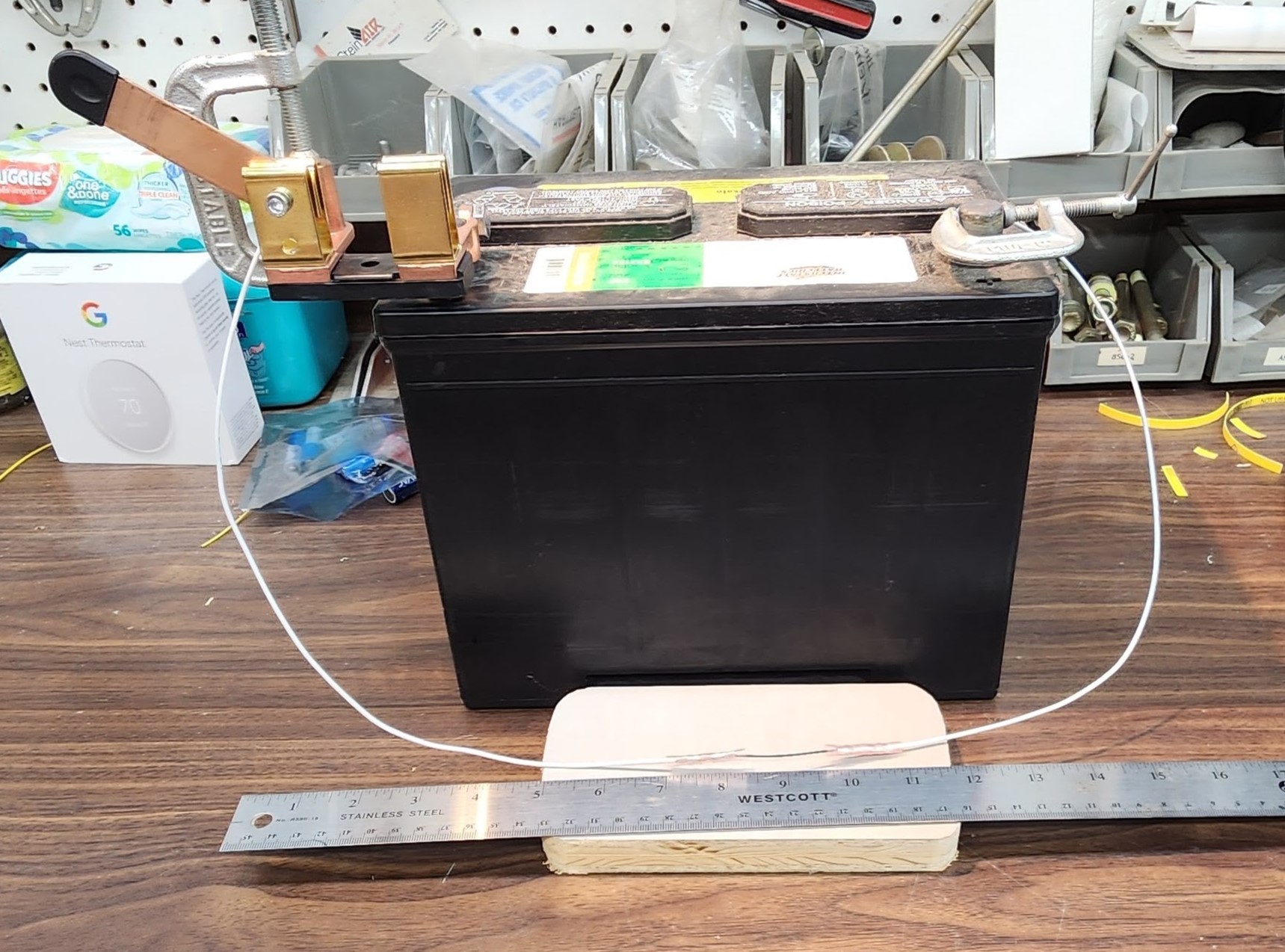
|
| Description: |
|
| Filesize: |
1.05 MB |
| Viewed: |
529 Time(s) |
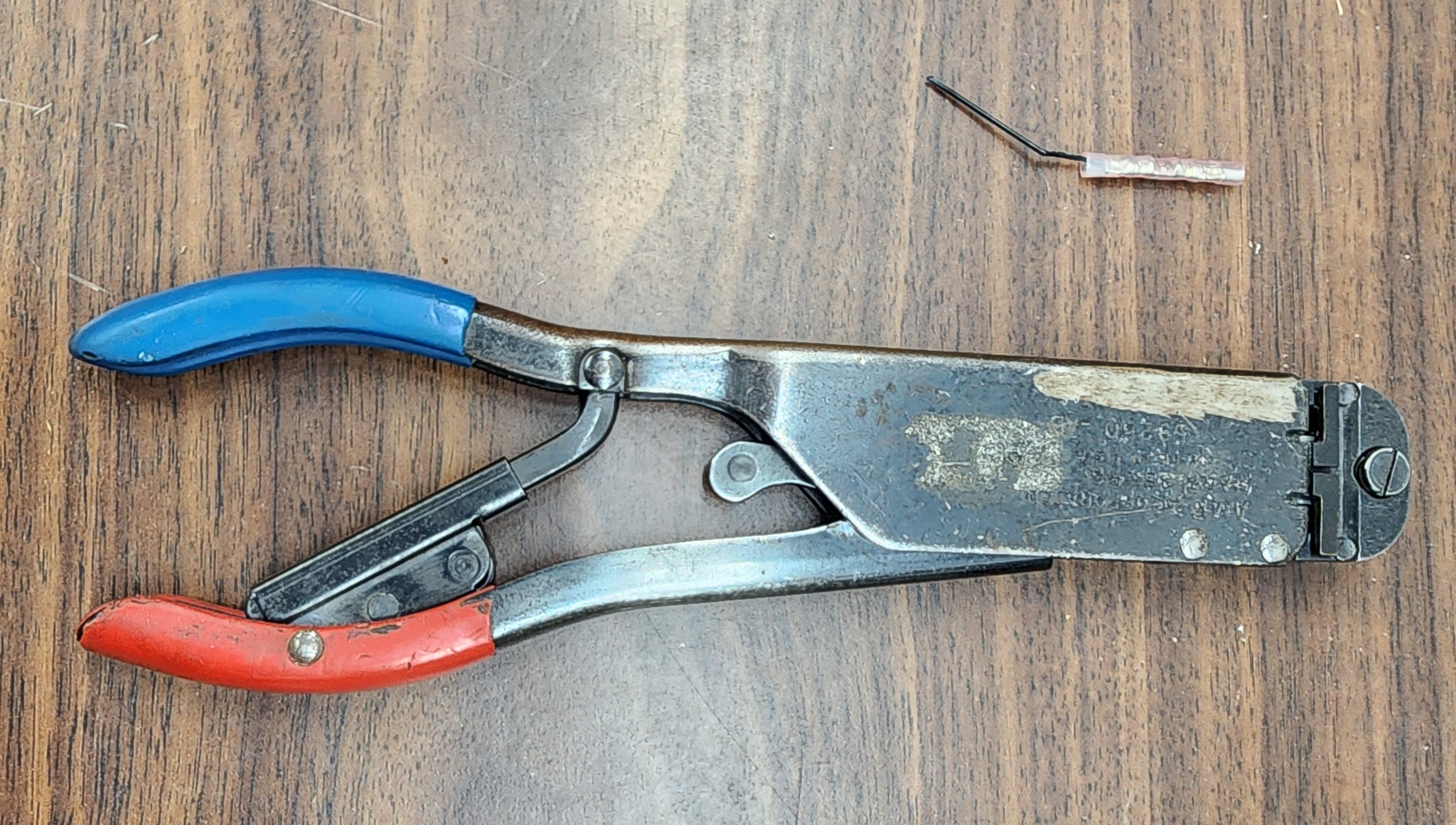
|
|
|
| Back to top |
|
 |
|
|
You cannot post new topics in this forum
You cannot reply to topics in this forum
You cannot edit your posts in this forum
You cannot delete your posts in this forum
You cannot vote in polls in this forum
You cannot attach files in this forum
You can download files in this forum
|
Powered by phpBB © 2001, 2005 phpBB Group
|








